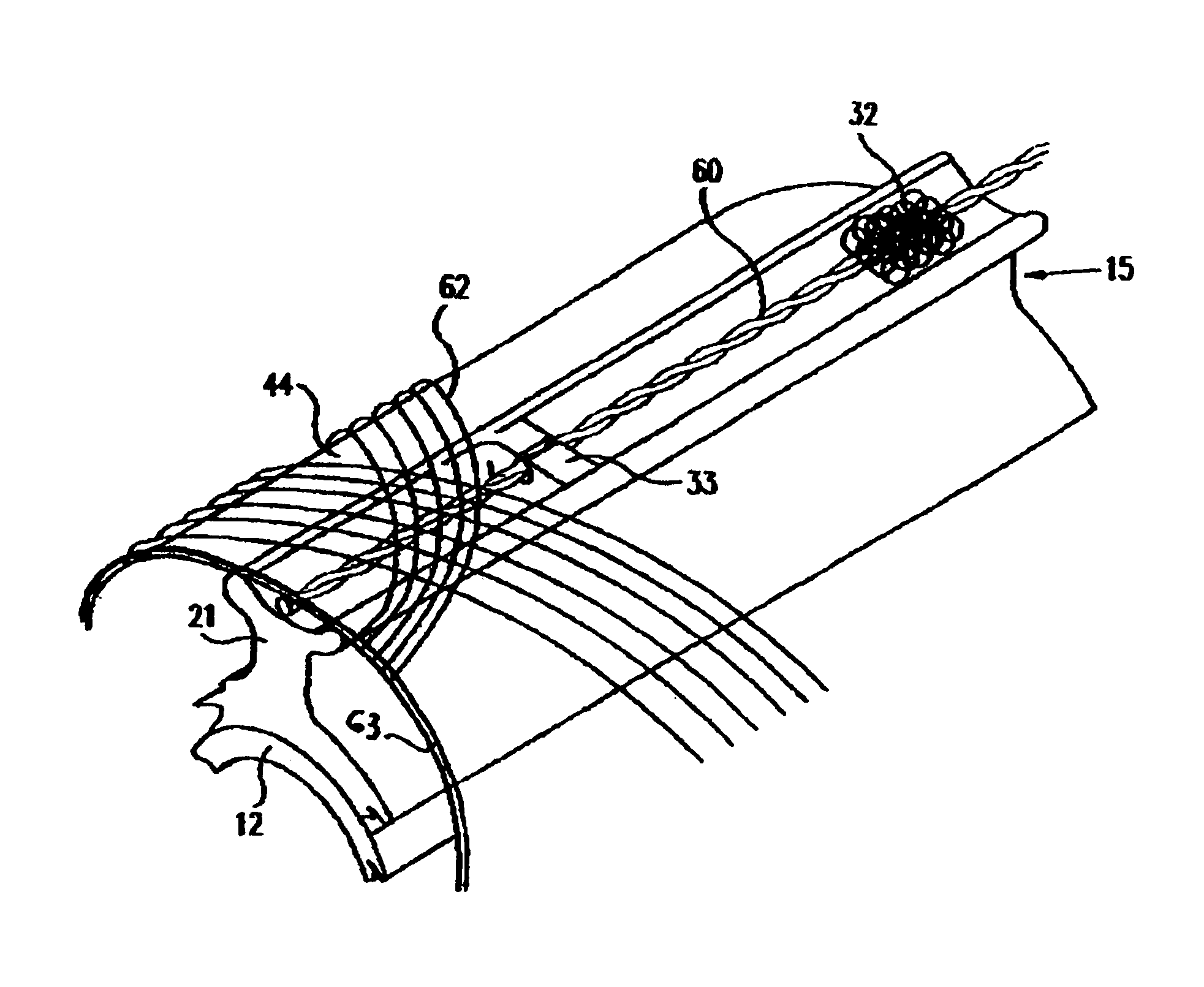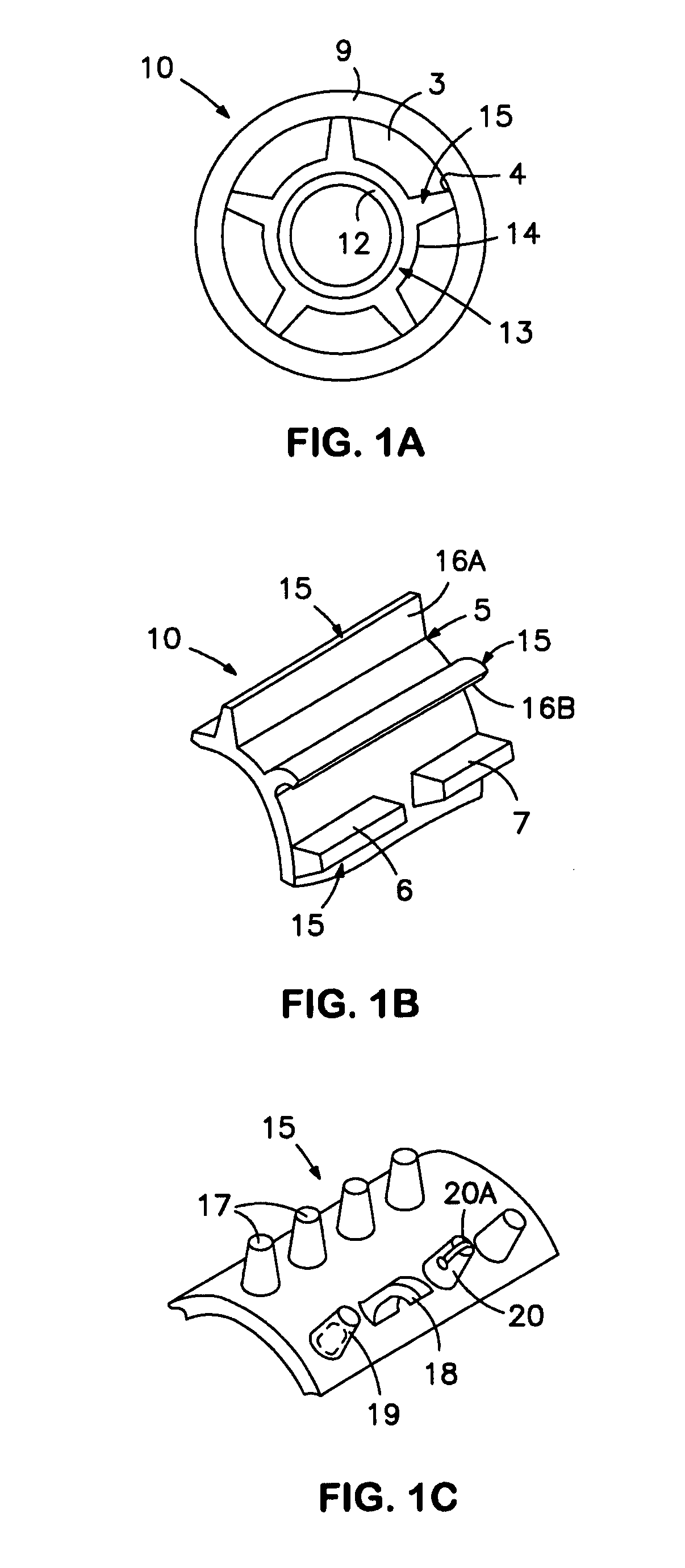Bone growth promoting implant
a growth-promoting, bone-building technology, applied in the field of bone-building-promoting implants and implants, can solve the problems of poor anchoring of metal implants, thin implants providing less stable support structures for the bone, and fretting wear of the bone, so as to achieve high flexibility and control, the effect of increasing strength and controlling the flexibility of the implan
- Summary
- Abstract
- Description
- Claims
- Application Information
AI Technical Summary
Benefits of technology
Problems solved by technology
Method used
Image
Examples
Embodiment Construction
[0029]Preferred embodiments of the present invention are described below with reference to the accompanying drawings, in which like reference numerals represent the same or similar elements.
[0030]It is generally known that a body recognizes a minimum level of stress in its bones. New bone cells are generated when an amount of stress is exerted thereto that falls within a preferred range of values that are above a certain lower limit and below a certain upper limit. A conventional stem-type or nail-type implant is constructed to have an average geometric shape that does not conform to the three-dimensionally curved surfaces of a bone canal in which the implant is inserted. In addition, contact between the implant and the bone occurs at random regions and is generally not sufficiently continuous to promote optimal bone growth. Because of the randomness of the contact between the implant and the bone, the forces exerted by the implant on the bone produce random stress levels within the...
PUM
| Property | Measurement | Unit |
|---|---|---|
| stiffness | aaaaa | aaaaa |
| tension | aaaaa | aaaaa |
| force | aaaaa | aaaaa |
Abstract
Description
Claims
Application Information
 Login to View More
Login to View More - R&D
- Intellectual Property
- Life Sciences
- Materials
- Tech Scout
- Unparalleled Data Quality
- Higher Quality Content
- 60% Fewer Hallucinations
Browse by: Latest US Patents, China's latest patents, Technical Efficacy Thesaurus, Application Domain, Technology Topic, Popular Technical Reports.
© 2025 PatSnap. All rights reserved.Legal|Privacy policy|Modern Slavery Act Transparency Statement|Sitemap|About US| Contact US: help@patsnap.com



